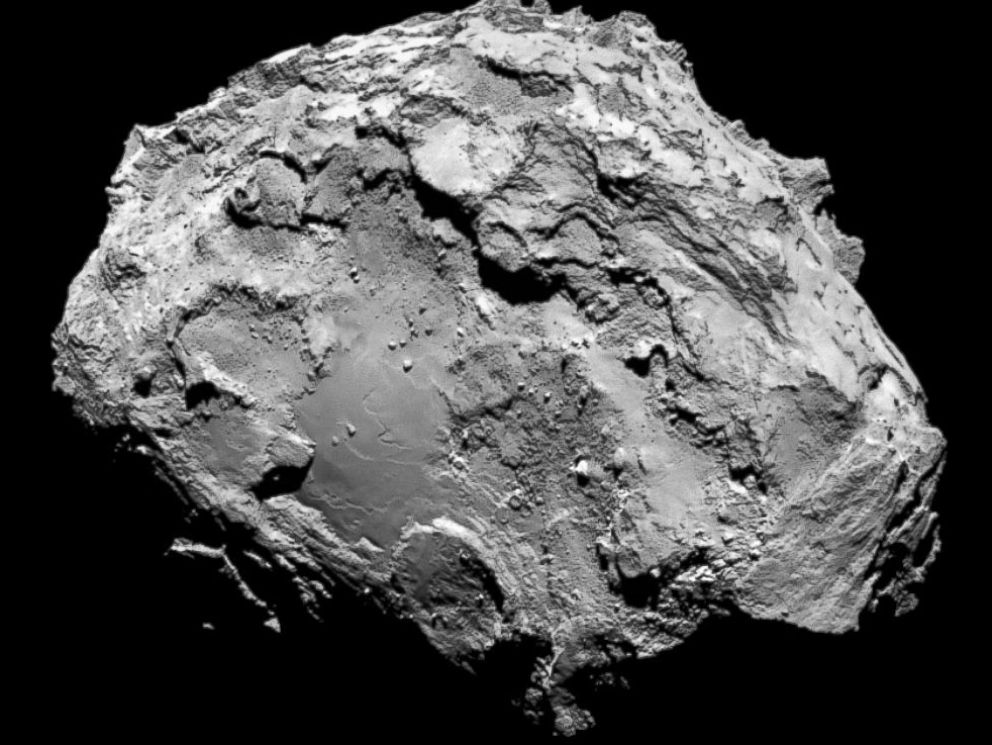10:45 AM | Spacecraft to land on comet early Wednesday after 10-year flight
Paul Dorian
 PHOTO: Comet 67P/Churyumov-Gerasimenko is seen in a photo taken by the Rosetta spacecraft with the OSIRIS narrow-angle camera August 3, 2014.
PHOTO: Comet 67P/Churyumov-Gerasimenko is seen in a photo taken by the Rosetta spacecraft with the OSIRIS narrow-angle camera August 3, 2014.
Discussion
The European Space Agency’s (ESA) Rosetta spacecraft was launched in March 2004 and spent years in “hibernation” as it moved through some 4-billion miles of space at speeds as high as 84,000 mph on its way to a rendezvous with a comet officially known as “67P/Churyumov-Gerasimenko”. Since August of this year, the spacecraft has been orbiting the comet with its closest point being about 18 miles and has taken numerous images revealing steep ravines, sharp cliffs and numerous boulders. The scheduled touchdown on the comet of the mission’s Philae lander – about the size of a washing machine - is set for this Wednesday at 10:35AM EST and, if all goes well, it would be the first-ever soft landing of a spacecraft on a comet. The gravity of the comet is 60,000 times less than the gravity of Earth, and scientists expect it will take the lander seven hours to free-fall about 14 miles from its mother ship, Rosetta, to the comet. Then there is a delay of 28 minutes for a signal from Rosetta to reach our planet. This will indeed be a difficult landing as the comet will be moving 40 times faster than a speeding bullet.
After touchdown, the Philae lander will obtain the first images ever taken from a comet’s surface and will drill into the surface to study the composition. Philae can remain active on the surface for about two and a half days. The mothership Rosetta will remain in orbit around the comet through next year continuing to study the comet as it approaches the sun and then moves away. Comets hold vital clues about our solar system’s history and are considered primitive building blocks that are literally frozen in time. NASA has provided 3 of the 16 instruments on board the Rosetta orbiter.
NASA will provide live coverage of the landing at: http://www.ustream.tv/nasajpl2 or you can visit the ESA live streaming web site at http://new.livestream.com/ESA/cometlanding.